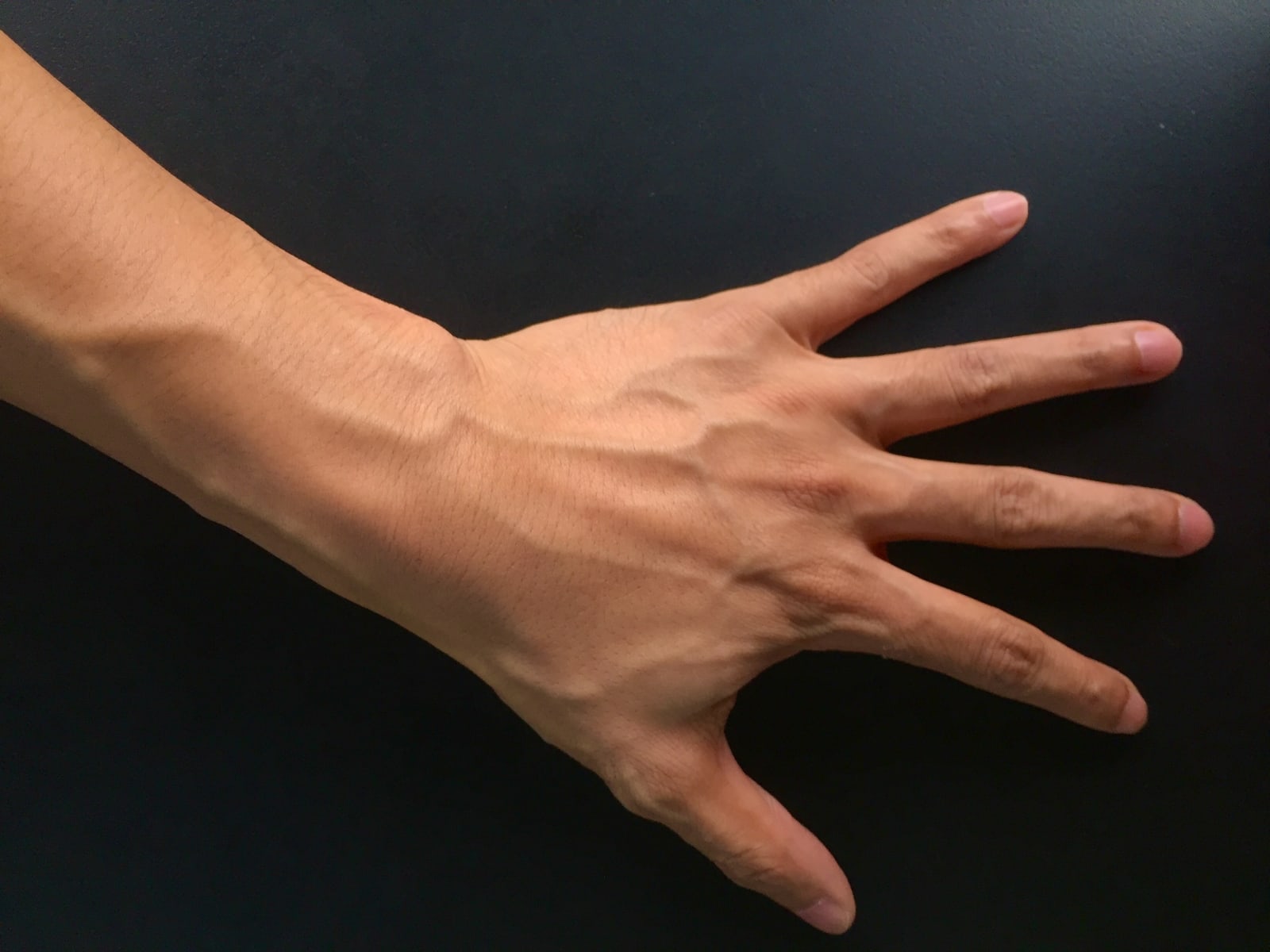 It is inevitable that as our bodies begin to age, we end up with more and more ailments, not to mention parts of our bodies begin to function in a less efficient manner than ever before. Many of the elderly have learned to cope with various conditions, and having a blood pressure monitor machine at home is always handy. Omron Healthcare has come up with its all-new HeartGuide, which is touted to be the first wearable blood pressure monitor from the company. Made available for pre-orders already, this oscillometric blood pressure monitor would arrive in the design of a wrist watch and has picked up clearance from the FDA as a personal medical device.
It is inevitable that as our bodies begin to age, we end up with more and more ailments, not to mention parts of our bodies begin to function in a less efficient manner than ever before. Many of the elderly have learned to cope with various conditions, and having a blood pressure monitor machine at home is always handy. Omron Healthcare has come up with its all-new HeartGuide, which is touted to be the first wearable blood pressure monitor from the company. Made available for pre-orders already, this oscillometric blood pressure monitor would arrive in the design of a wrist watch and has picked up clearance from the FDA as a personal medical device.
Being a medical-grade blood pressure device that looks very much like a regular wrist watch, this particular piece of wearable technology enables the wearer to keep track of their blood pressure anytime, anywhere, all the while looking stylish wearing it. Of course, it makes perfect sense to have the HeartGuide double up as a digital wrist watch since you would be wearing it like one. The oscillometric measurement that is featured has been incorporated in an innovative design, where the cuff in the watch band will inflate to measure clinically accurate systolic and diastolic pressure.
This particular oscillometric method is the FDA-recognized standard for accurate, automated, medical-grade personal blood pressure measurement, and over 80 new patents have been filed during the pioneering of new components for the HeartGuide. Apart from keeping track of your blood pressure measurements, the HeartGuide is also well within its capability of tracking one’s daily activity including the number of steps taken, distance walked and calories burned, in addition to the quality of sleep.
Keeping the time is further enhanced via basic smartwatch functionality such as time, date, notifications of texts, emails and calls, as well as the ability to set event reminders. Expect the HeartGuide to retail for $499 apiece with availability being set on January 8, 2019.
Press Release
[ Omron Healthcare HeartGuide available for pre-order copyright by Coolest Gadgets ]

 When it comes to shows, we pick a title, sit back and relax, and watch it. However back in 2017, Netflix started
When it comes to shows, we pick a title, sit back and relax, and watch it. However back in 2017, Netflix started 

 A new study cataloged the marine debris found on Gulf Coast state shores, determining the types of waste that had washed onto the beaches, as well as the quantities found in different states. According to the findings, plastic comprised the overwhelming majority of the trash, in some cases as much as 95-percent, including items like straws and plastic bottles. The …
A new study cataloged the marine debris found on Gulf Coast state shores, determining the types of waste that had washed onto the beaches, as well as the quantities found in different states. According to the findings, plastic comprised the overwhelming majority of the trash, in some cases as much as 95-percent, including items like straws and plastic bottles. The …  Biometric security has moved beyond just fingerprints and face recognition to vein-based authentication. Unfortunately, hackers have already figured out a way to crack that, too. According to Motherboard, security researchers at the Chaos Communicati…
Biometric security has moved beyond just fingerprints and face recognition to vein-based authentication. Unfortunately, hackers have already figured out a way to crack that, too. According to Motherboard, security researchers at the Chaos Communicati…